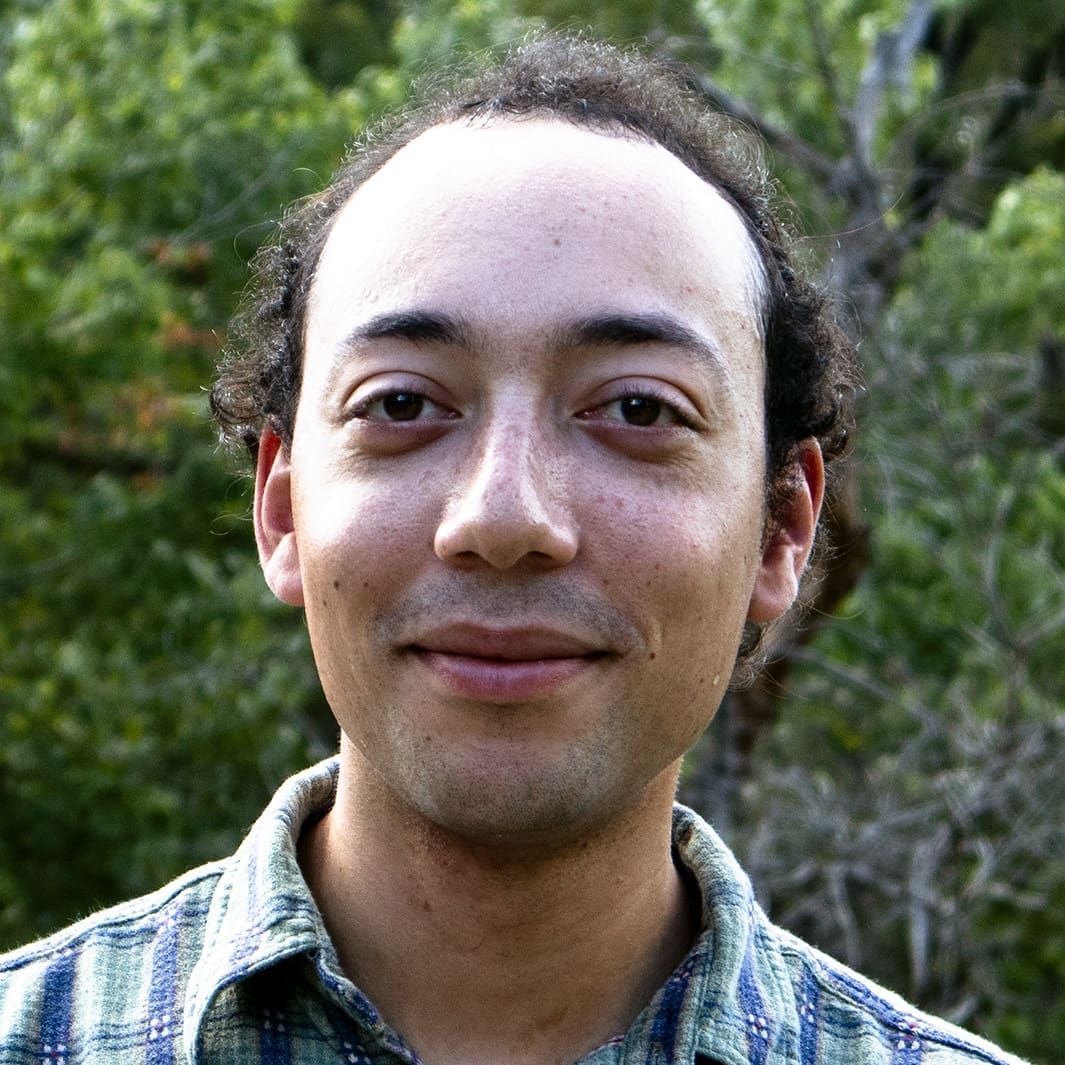Every state has its own brand of natural disaster. Alaska has earthquakes, New Mexico has drought and wildfires and California has all three. Here in Alabama, we’re known for our tornadoes, and average 64.7 a year. Tornadoes don’t always hit large population centers and cause significant damage, but when they do, it often takes a large group of organizations working together to repair the damage.
On January 12, tornadoes hit regions of Dallas and Autaga counties, costing seven people their lives, injuring many others and leaving a path of destruction in their wake.
When the tornado hit, the first thing that Jeff Cothran did was make sure that his family was safe, then he checked on his neighbors.
Cothran is a resident of Selma. Like many living there, his life was disrupted when the tornadoes struck. Unlike most of his neighbors, however, part of Cothran’s job is helping others handle disasters.
Cothran is the executive director of United Way of Selma and Dallas County. He’s been serving in the role for over 30 years now. United Way is a non-profit that focuses on health, education and financial stability for communities. Chapters of United Way have been involved in disaster relief in the past and have experience handling them.

As a state, Alabama is no stranger to tornadoes. In 2022, the state had 98 tornadoes touch down according to data from the National Weather Service. In the last 20 years, it has had an average of 64.7 tornadoes a year, totalling 1,293 tornadoes since 2003.
Additionally, Alabama is one of the most dangerous states to live in for tornadoes. As of 2016, Alabama averaged 14 fatalities due to tornadoes per year, the highest in the nation.
What happens after a disaster?
When tornadoes, or other natural disasters occur, there are a variety of organizations that mobilize to assist the affected communities. Groups like United Way work to direct resources to organizations that can assist the people in need. Many groups work together in the wake of natural disasters like tornadoes to assist the community.
Another group that has been very active in assisting the communities affected by the tornadoes is the Alabama Emergency Management Agency. According to their site, AEMA’s mission is “To support our citizens, strengthen our communities, and build a culture of preparedness through a comprehensive Emergency Management (EM) program.”
Dallas County AEMA Director Toya Stiles describes her work as handling the logistics of disaster relief. It is her role to coordinate with other groups and help address immediate concerns.
When the storms hit, Stiles got to work that same night coordinating and figuring out what resources were needed from outside of the county.
In this case, that meant calling in extra help for cleaning up debris, getting aerial surveillance of the area, supplies, water and MREs.
The immediate needs of a disaster can be overwhelming, so another thing that Stiles handled was requesting additional aid. When Selma was hit, she set up a volunteer reception center to process volunteers.
Another immediate need was shelter for those who no longer could live in their homes after the disaster. The Red Cross set up cots in Selma High School for anyone who needed a place to sleep.
Long term recovery

“Disaster recovery goes on long after the tv cameras leave,” said Kim Lawkis, the president of Alabama’s chapter of Voluntary Organizations Active in Disaster. “Communities spend months and years cleaning up the physical damages and putting homes and businesses back together.”
After a disaster like this, long-term recovery groups are created through the partnership of various groups within a community to oversee the work of restoring the impacted community.
“Long term recovery groups exist to aid in raising of funds (and) strategic allocation of resources,” said Lawkis. “They work to educate communities on available government resources, and they’re an outlet for convening community organizations and businesses working toward a common goal of restoring their community after a disaster.”
Many of those impacted had their homes severely damaged, and no longer have a place to live. Stiles said that the Federal Emergency Management Agency has provided hotel accommodations for those eligible for aid. They also are providing rental assistance for those who were renting their homes.
While FEMA does assist those who are eligible for aid, Cothran said that it generally is not enough for everything.
“In most cases, the money that FEMA gives to a family to fix their home is not enough to cover the cost of repairs,” said Cothran.
That, explained Cothran, is where the long-term recovery committee comes in.
“We can hopefully make up the difference between what FEMA pays, and what the actual cost of the repairs are,” said Cothran.
How can people help?
The process of disaster relief is an ongoing one. Many communities will need to spend years recovering. For those interested in helping in disaster recovery, there are several options.
“ALVOAD members are playing key roles in providing disaster response in the form of: debris removal, tarping, food distribution, clothing drives, spiritual and mental health support, interpreters, benefit registration, and more,” said Lawkis. “If you’re interested in getting involved with AL-VOAD, please contact [email protected].”
While volunteers are always welcome, Cothran considers directly contributing funds to be one of the quickest and most efficient ways to help.
“It is really the fastest and best way to be able to provide assistance in any kind of disaster,” said Cothran.
Cothran explained that United Way has contractors and organizations that they are already partnered with. This means that they are able to quickly funnel funds towards those organizations to assist victims in the event of a disaster.
“And that’s why…every year we say, please give to the United Way, so that the services are available to us,” said Cothran.
Cothran explained that disaster relief is a team effort for organizations. His organization focuses more of its efforts on assisting families and individuals, other organizations assist by helping clear roads and removing fallen trees.
“I think people are resilient beings and they all come together in a time of disaster,” said Cothran.
Want to get early access to columns, unique newsletters and help keep The Sunrise News active? Then support us on Ko-Fi!


